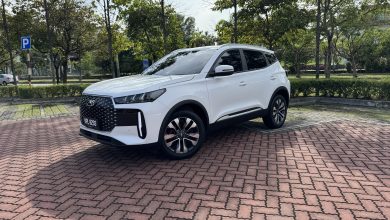Does The Manual Gearbox Have A Place In The EV Future?

Would (or more accurately should) manual transmission still be a thing in cars moving forward?
It is perhaps not all that wild an assumption to make anymore in saying that the days of the manual transmission is numbered. Not just because of the fact that the demand for a stick shift is steadily dwindling in favour of its more advanced self-shifting counterparts, but also the inconvenient truth that the fuel-burning thing it traditionally transfers power for to the wheels is rapidly being killed off too.
Though while the internal combustion engine is undeniably being replaced by its clean, green electrified alternative, could there perhaps be a possibility for the stick shift to live on in EVs? Well there is actually quite a lot more to unpack for this question than just giving a direct yes or no answer. So let’s instead break this deceivingly simple hypothetical into three easier-to-digest chunks, in order to get to the bottom of this.
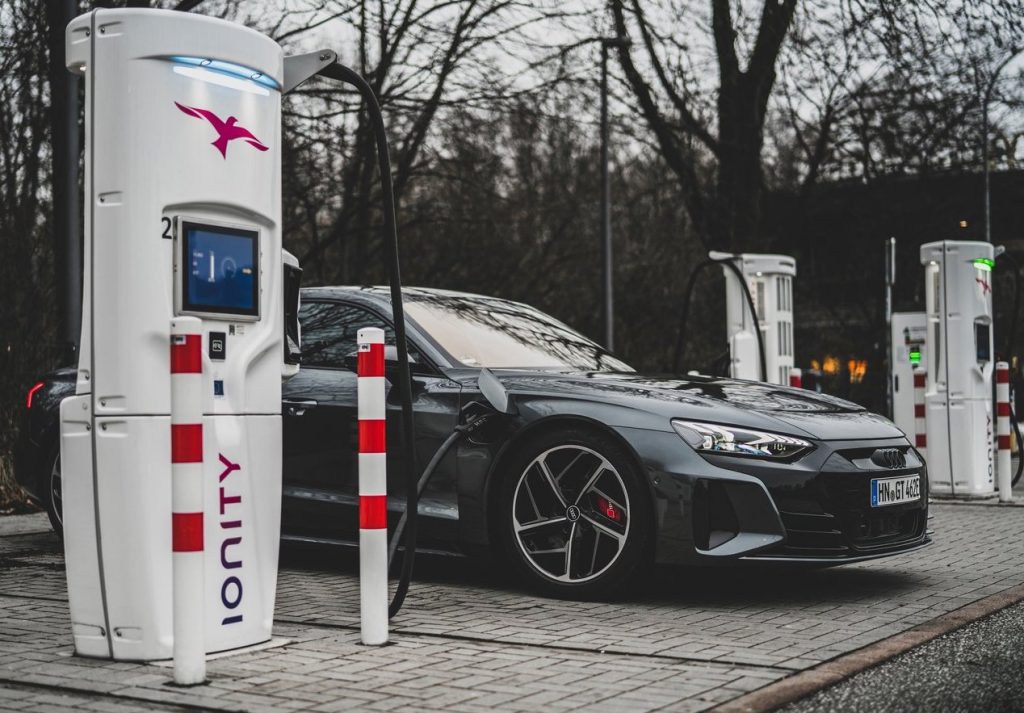
COULD the manual transmission live on in EVs?
Now in the broadest technical sense, yes. Hooking up a manual transmission to an electric motor is a technically feasible task.
Fewer ratios than the 6-speed (or even 7) stick-shifts that is the norm these days are perhaps in order, as the high-voltage electric motors have a produce a heap of torque over a wide torque band. Other than that however, here really is no reason for the layout and functionality of having a row-your-own transmission with a third pedal within an EV to be any different than what is currently found in its fuel-drinking counterparts.
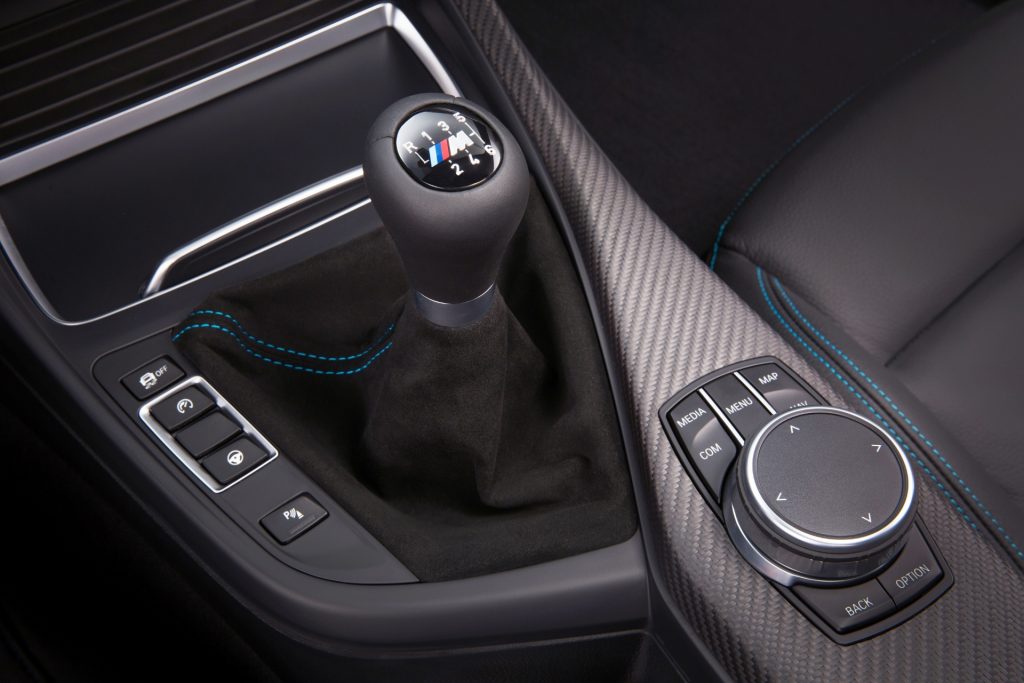
As a matter of fact, there are actually plenty of resto-mod electric conversions that have retained their original manual transmissions, even when their fuel-drinking hearts have been ditched in favour of electrified ones. The most notable of which is perhaps the story of the 1978 Ferrari 308 GTE, which still kept its manual shifter (albeit mated to the transmission from a 911) despite the roar of its V8 having been replaced with the silent hum of an electric motor.

WOULD the manual transmission live on in EVs?
While on the topic of the prancing horse marque meanwhile, it neatly leads onto the question of whether the manual would live on in EVs of the future. And to that, the answer is a maybe that tilts ever-so-slightly to the side of yes.
This is because automakers catering to the auto enthusiast like the aforementioned Ferrari are still banging on the drum of instilling driver involvement into its future lineup. So with the manual being such an involving process that all enthusiasts are craving for, there could be a foreseeable future whereby a stick shift will make an appearance within an enthusiast-centric EV.
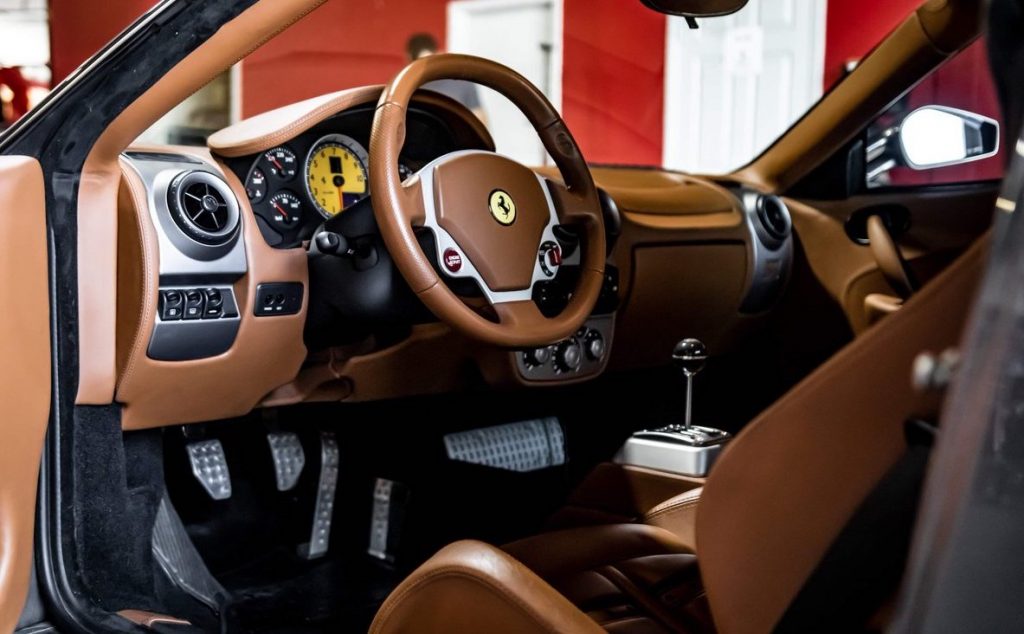
Moreover, there are actually some benefits to be gained by fitting any transmission in general to the electric drive motor. All of which is comes of the transmission’s ability to select the correct drive ratio for the use scenario it is currently in, much like what it is meant to do in a conventional ICE car.
Porsche, for instance, has already fitted its Taycan with a two-stage shifter on its rear motor. Though not a manual, it has nevertheless enabled this all-electric Stuggart stallion to deliver ferociously fast acceleration times using the lower gear, in addition to gaining a longer cruising range as the higher ratio allows the motor use less juice by spinning slower at higher wheel speeds.
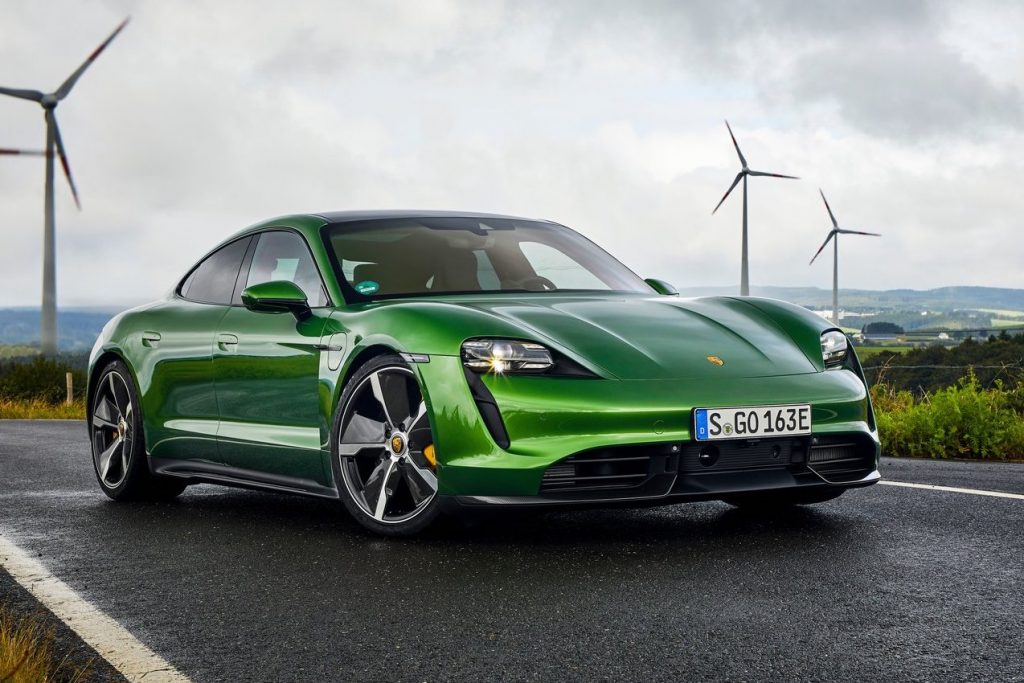
SHOULD the manual transmission live on in EVs?
Rather unsurprisingly, this is a hotly debated question that has compelling arguments on both sides. Though for me at least, the answer is unfortunately an easy no.
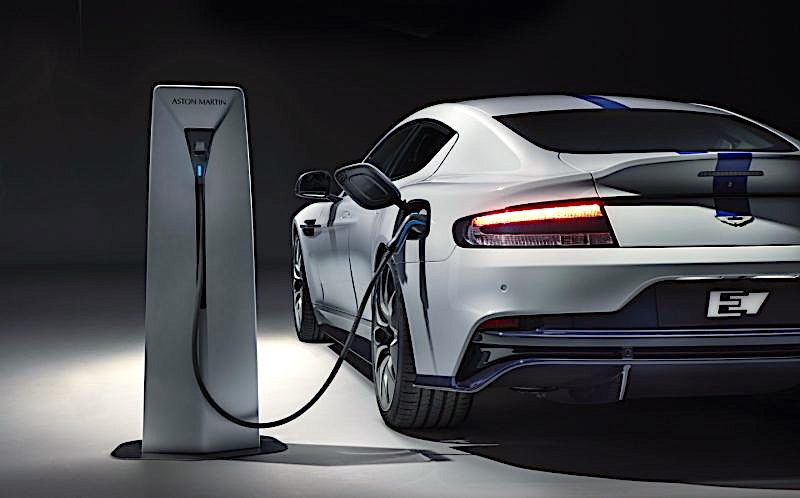
While it is certainly true that, as mentioned above, there are benefits to having a transmission of any sort mated to the motor, it is however worth pointing out that the torque generated from an electric motor is sufficient for it to work perfectly fine in most use cases without having one too. There might even be the argument that can be made for not bothering with the added weight of fitting one to what would already be a heavy car laden with batteries, as there really isn’t the need to wring out an electric motor to get every last drop of power out of it alá a typical ICE.
Sure, there is a counter-argument to be made that lower voltage motors with narrower power band would benefit from a transmission to keep it on (silent) song. This though still isn’t reason enough to justify why the manual transmission specifically should deserve a second chance, because there is the bigger issue of the clutch being effectively null and void in the EV equation.
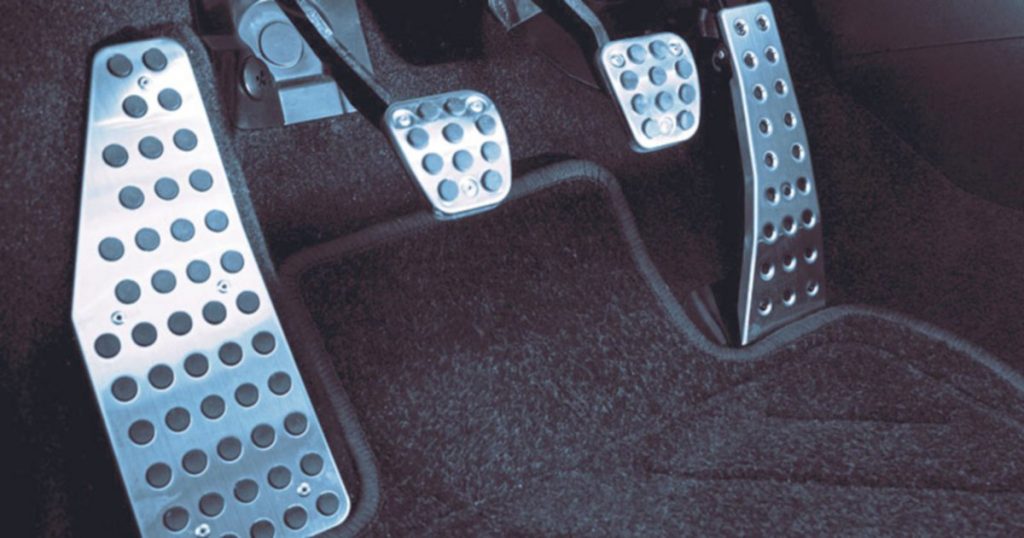
See, there is really no use for the clutch pedal in an EV as electric motors can’t stall like a normal internal combustion engine would. With all the torque on tap too, it is perfectly conceivable to just start off in third without having to even slip the clutch.
Heel-and-toe, rev-matching and all the other clutch control skills are also similarly thrown out of the window, as the electric motor relies on regenerative braking in contrast to conventional engine braking. In fact, dropping a cog when properly hammering it (as one would in a typical manual-equipped ICE-car) with an EV would just lead to the motor spinning freely and hence having the undesired effect of burning up the clutch.
In essence therefore, without the need for a clutch pedal, the true manual driving experience could be said to be basically die with the internal combustion engine. So what really is the point of having a stick shift in an EV then? More to the point, while the ability to row through the gears at your own leisure is fun, can you really call it a true manual when you’re not controlling the clutch?

Just to summarise then, while it is technically feasible and possibly foreseeable for the manual transmission to feature on EVs to come, it is probably kinder instead for it to die a dignified death with its fuel-drinking power plant partner, than to live on as a shell of its former self in the electrified future. The question now though is which will actually die first, the (ICE) motor or the manual?



